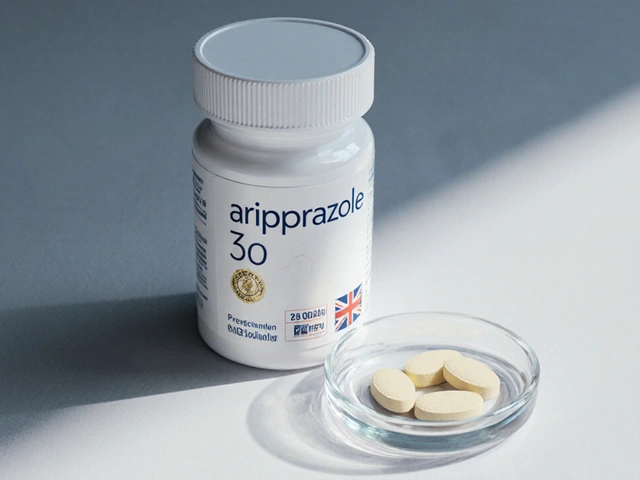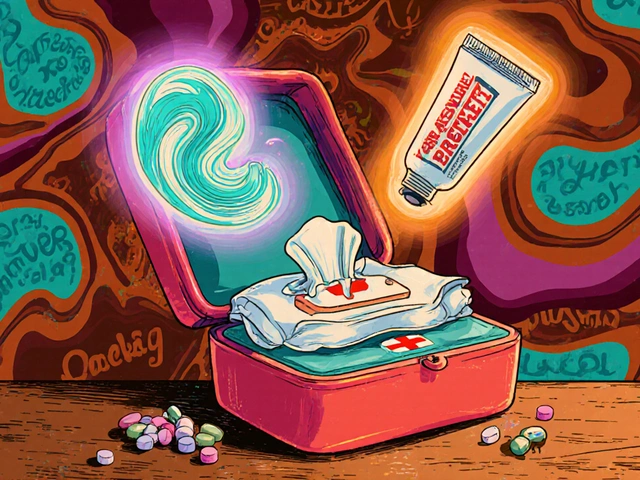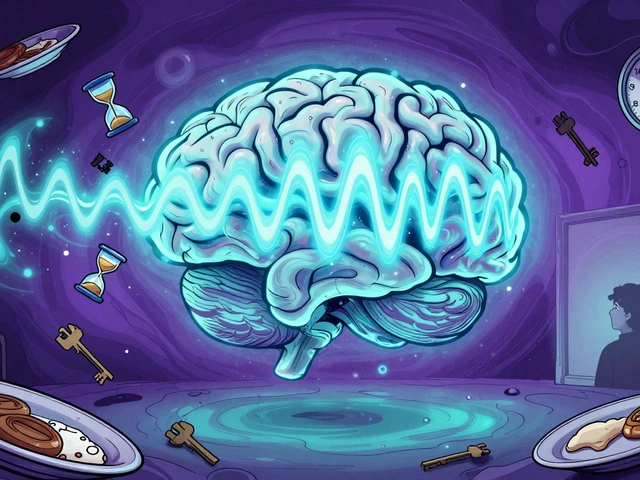
Gout Diet: What to Eat and What to Skip
If you’ve been told you have gout, the first thing most people think of is medication. But what you put on your plate can make a huge difference too. Changing a few meals a week can lower uric acid levels, cut flare‑ups, and keep you feeling better without relying solely on pills.
Foods That Help Lower Uric Acid
Start with low‑purine foods. Fresh fruits, especially cherries, berries, and citrus, have antioxidant power that can calm inflammation. Veggies like broccoli, carrots, and leafy greens are safe bets – they’re low in purines and high in fiber, which helps the body eliminate excess uric acid.
Whole grains such as oats, brown rice, and quinoa are also gout‑friendly. They keep blood sugar stable and provide steady energy, which can prevent the body from breaking down protein for fuel – a process that raises uric acid.
Low‑fat dairy is a secret weapon. Milk, yogurt, and cheese (choose the low‑fat versions) have been shown to speed up uric acid excretion. A simple breakfast of low‑fat Greek yogurt with a handful of berries can set the tone for the day.
Hydration matters a lot. Drinking plenty of water dilutes uric acid and helps the kidneys flush it out. Aim for at least eight glasses a day, and if you enjoy tea, green or herbal varieties are fine – just skip sugary drinks.
Foods to Limit or Avoid
High‑purine foods raise uric acid quickly. Cut back on red meat, organ meats (liver, kidney), and certain seafood like sardines, mackerel, and anchovies. If you love a steak dinner, try a smaller portion and pair it with plenty of veggies.
Beer and other alcoholic drinks are tricky. Alcohol not only adds purines but also reduces the kidneys’ ability to clear uric acid. If you do drink, keep it occasional and choose lower‑purine options like wine in moderation.
Sugary drinks and foods sweetened with high‑fructose corn syrup spike uric acid. Soft drinks, sweetened juices, and many processed snacks fall into this category. Swap them for water, unsweetened tea, or fruit‑infused water.
Processed foods often contain hidden salts and additives that can worsen gout symptoms. Read labels, avoid fast food meals, and cook more at home where you control the ingredients.
Putting these changes into practice doesn’t have to feel like a diet overhaul. Pick one meal each day to redesign – maybe replace a beef stir‑fry with a chickpea and veggie mix. Over a week, you’ll notice fewer cravings for high‑purine foods and fewer gout attacks.
Remember, the goal isn’t to eliminate every tasty food, but to find a balance that keeps uric acid under control. Pair the right foods with good hydration, and you’ll give your body the best chance to stay pain‑free.
-
6 Aug






